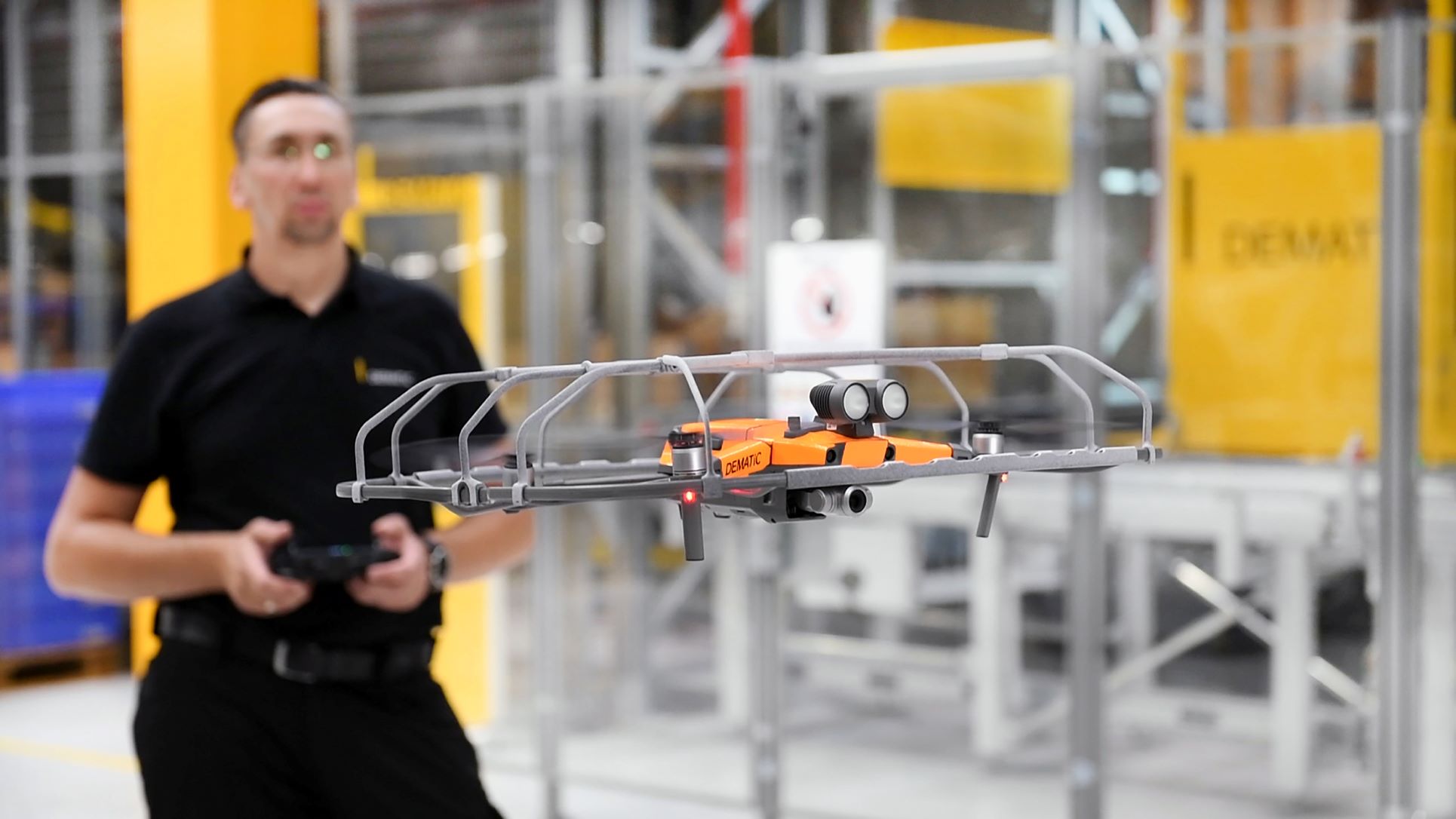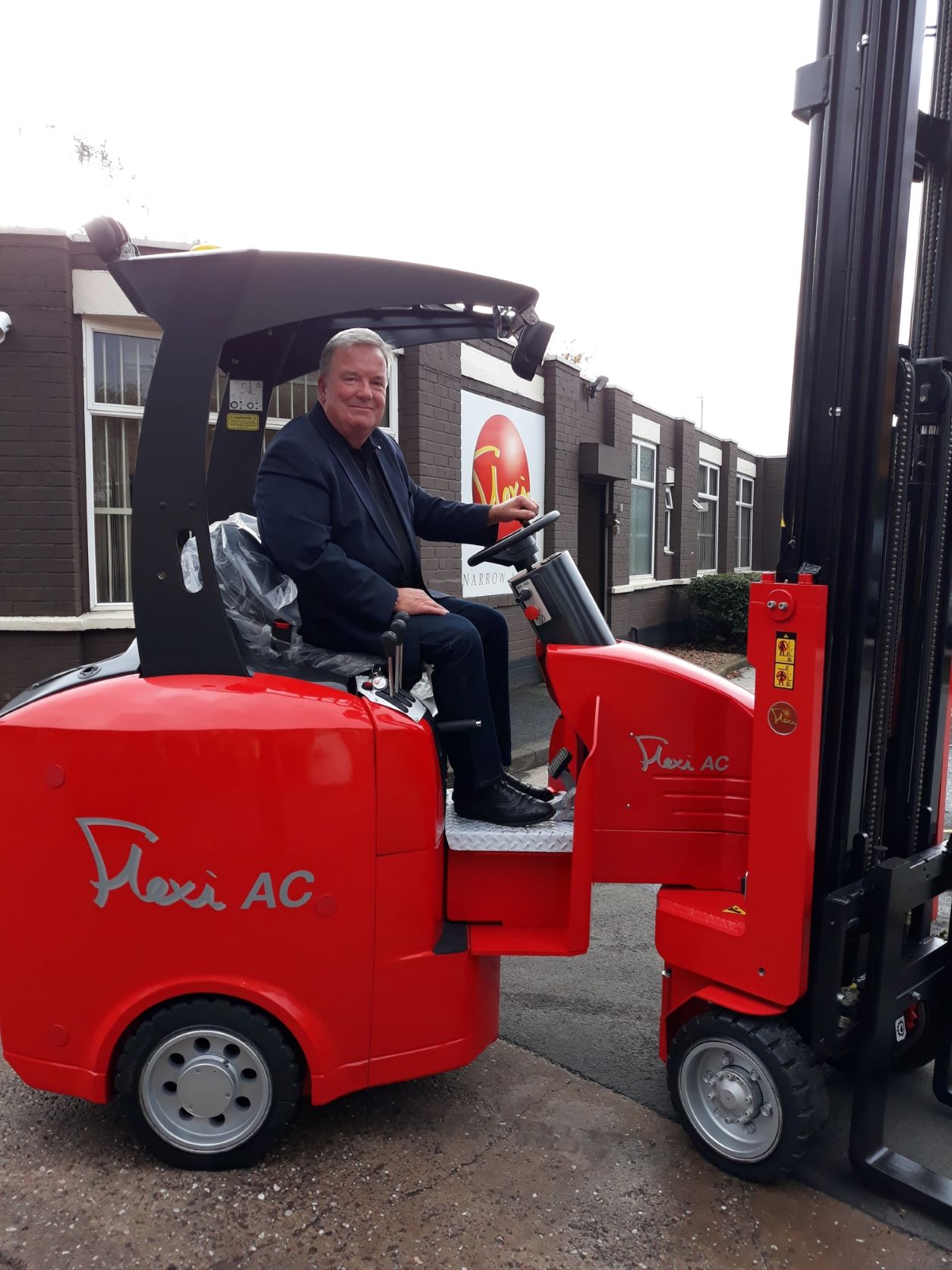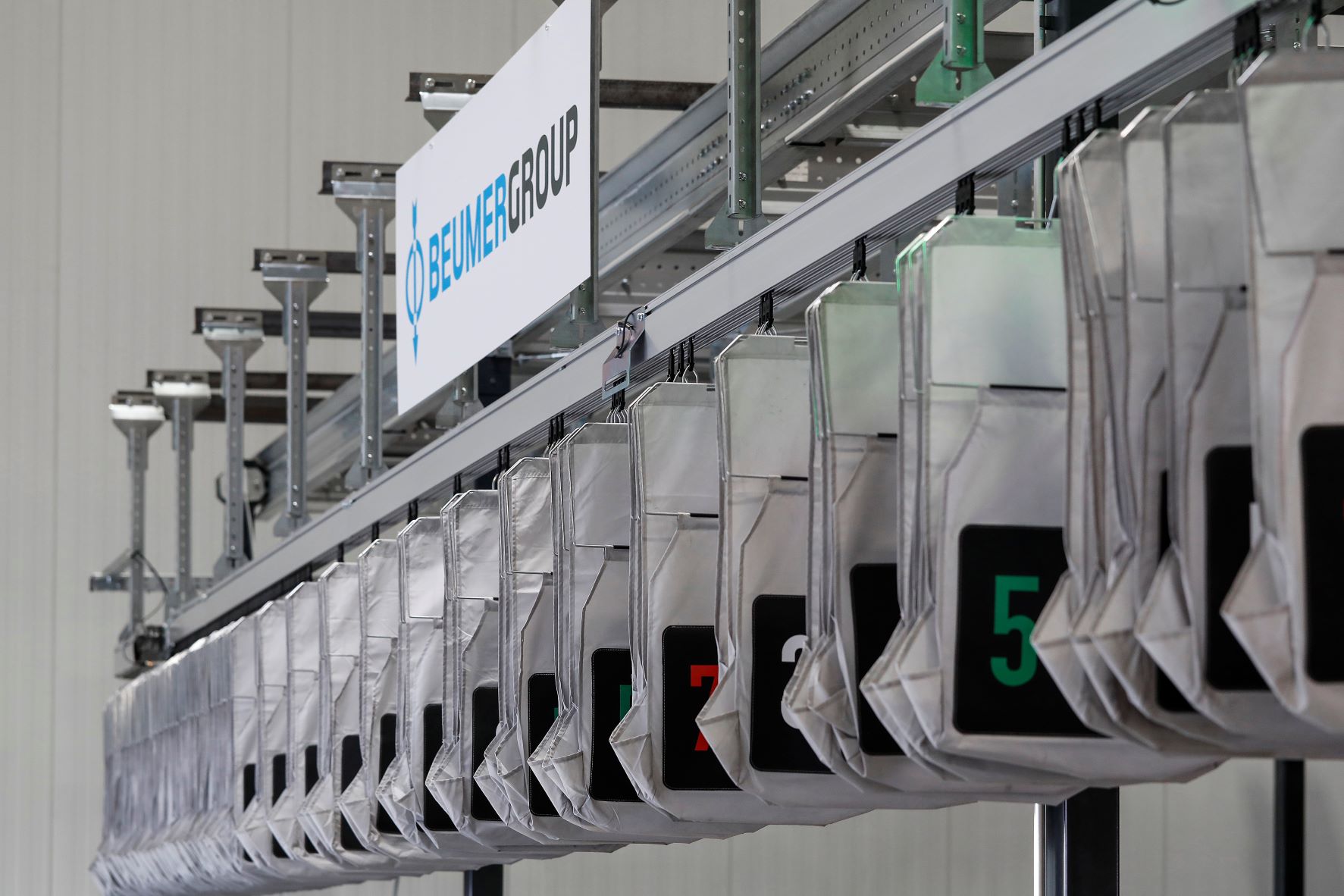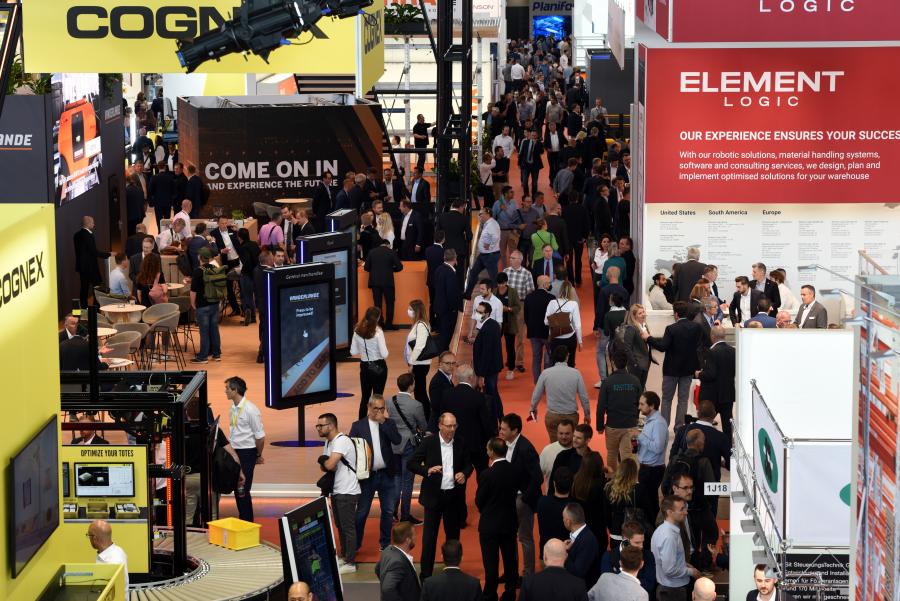Irish forklift manufacturer Combilift has added two more products to its now extensive range. The Combi-FSE (pictured) – an electric four wheeled, two directional sideloader in both 5,000kg or 6,000kg lift capacity is joined by a new Swap Body Transporter – the Combi-SBT.
The Combi-FSE electric sideloader
As part Combilift’s drive to help customers achieve their aims of more sustainable operations, over 60% of the company’s output is now electric. Recent models such as the Combi-XLE and now the Combi-FSE focus on heavier duty application for industry sectors such as timber, steel, tubes & pipes and builders merchants. Thanks to Combilift’s immense engineering and design experience, the Combi-FSE delivers on all aspects of reliability, durability, powerful performance and ease of maintenance, combined of course with the quiet and emission free electric operation that more and more customers are demanding.
The patented traction system in this new product plays a major part in ensuring the optimum performance of the Combi-FSE in all weather conditions. Sensors in the front steering axle linked to the innovative Electronic Traction Control system enable the two independent 15kW drive motors on the rear axle to be controlled individually, with the speed of each wheel governed by the steer angle of the front wheels to provide improved steering control for the operator, better truck turning radius and reduced tyre wear.
This new technology, when combined with regenerative braking (which recaptures the truck’s kinetic energy during deceleration and can be used to recharge the batteries to extend battery life), makes for Combilift’s most advanced steering system on its four wheeled trucks to date.
The generous glazing of the cab, particularly the roof to floor windscreen, allows the operator to have an excellent field of vison of the load, the machine and the surroundings. Considerable engineering development to ensure optimum visibility for the driver saw the perfection of the under-deck battery system, with the power pack strategically placed at the rear of the truck between the drive motors – giving a clear line of sight to the rear and when reversing, and guaranteeing the best operator visibility of any comparable truck. This position also enables safe and easy battery removal from the low-level rear of the truck.
Maintenance time has been kept to a minimum due to key service features such as its quick interchangeable battery for shift work, centralised grease points on the front and rear of the load platform and removable panels for easy access to the motor.
Combilift CEO Martin McVicar commented: “We introduced our first 4-wheel sideloader around 10 years ago after initial requests from companies in the timber sector, and it has since become pretty much a standard solution for those who run intensive schedules which clock up many operational hours. The technological advancements in battery technology since then means that it was a natural progression to develop this electric model, which will help customers to drastically reduce their carbon footprint.”
Swap Body Transporter – the Combi-SBT
Combilift has collaborated with some of its customers in the concrete sector to come up with a newly developed product for the improved handling of what can be a problematic material to lift and move around. The attributes of this new model will also greatly benefit companies in other industries who deal with extremely oversized, heavy or bulky loads. Since Combilift was established 24 years ago it has always taken customer feedback on board when designing new products, and this has been a key component of the unparalleled growth of the company which now exports to over 85 countries.
The Combilift Swap Body Transporter – Combi-SBT – can transport of a wide variety of swap body containers ranging from standard container swap bodies to concrete wall panel swap bodies from production to storage. With a maximum lift capacity of 50,000kg, the machine is available with diesel or LPG power options. It has a 3-wheel design with 6 wheels for lower ground pressure. Its rear wheels are hydrostatically driven and are steered from the front, ensuring excellent manoeuvrability.
A pair of lifting platforms on the machine bed support the load during transportation. In-cab control of these ensures that the operator is in a safe, secure position when the load is being lifted and lowered. The platforms can also be lifted and lowered independently, enabling the machine to lift swap bodies that are not on level ground. The front platform is fitted with guides to suit standard ISO corner castings, with the rear platform having no guides. Having guides only on the front allows effortless loading of the swap body as the operator needs to align only two guides, which when in the correct position, guarantees the rear platform will also be in the correct lifting position.
In terms of safety and visibility the Combi-SBT offers numerous advantages compared to a shunt truck and trailer where you are driving “blind” with the load behind the driver. The cab is mounted at 90° on the machine and off-centre to the load which offers full 360° visibility and line of sight to all areas of the machine. With the addition of mirrors and a rear-view camera there are no blind spots, making the positioning the Combi-SBT under the swap body quick and easy as well as safer for the operator and surrounding personnel. The operator can also complete a full cycle without having to exit the ergonomically designed low level cabin.
The development of the Combi-SBT was, in part, customer-led, as is the case for many of Combilift’s new products. A major manufacturer of precast concrete had designed its facility for high levels of production, but the amount of finished concrete being stored around the factory floor was slowing down production and reducing the safe workable area. They contacted Combilift to see if the company could come up with a solution for quicker removal of products that could lift the concrete from underneath and operate in narrow confines and the Combi-SBT was the result.
Cycle times between casting have been reduced and workflow has increased to 50-70 batches per day at 24t each. The previous truck and trailer combination took two men about 15 minutes per load, whereas this is now a one-person job that takes as little as two minutes with the Combi-SBT which can be reversed under the swap body and quickly lift the product from ground to travel position. The three-wheel design also enables easy operation on areas with compacted gravel where a perfectly level surface cannot be guaranteed.
McVicar comments: “Combilift product development has always been solution-based and customer-led, and this new model is a prime example of successful collaboration between our customers who are experts in their field, and our engineers who have a wealth of experience. This results in machines that are not only 100% fit for specific customer requirements, but which often end up being used for other applications, for the benefit of customers in other industry sectors.











